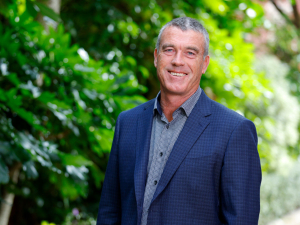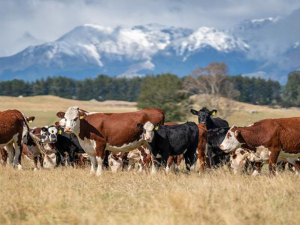India FTA negotiations end
|
A landmark moment for New Zealand. That's how Prime Minister Christopher Luxon describes the conclusion of negotiations for an India-New Zealand Free Trade Agreement. Nathan Guy is the new special agricultural trade envoyFormer Agriculture Minister and Otaki farmer Nathan Guy has been appointed New Zealand’s Special Agricultural Trade Envoy (SATE). Trump's tariffsPresident Donald Trump’s decision to impose tariffs on imports into the US is doing good things for global trade, according to Agriculture and Trade Minister Todd McClay. Dealing with 'poddy' lambsLambs that have had a tough start to life are obvious at docking/tailing as scrawny little critters with a potty tummy and no fat on their backs - hence the term 'poddy'. Ginny Dodunski, Beef + Lamb NZ Wormwise programme manager, outlines the best way to deal with these lambs so they can perform to their full potential. US removes reciprocal tariff on NZ beefRed meat farmers and processors are welcoming a US Government announcement - removing its reciprocal tariffs on a range of food products, including New Zealand beef. Popular ReadsOpen Country opens butter plantWhen American retail giant Cosco came to audit Open Country Dairy’s new butter plant at the Waharoa site and give…MPI launches industry-wide project to manage feral deerAn industry-wide project led by Ministry for Primary Industries (MPI) is underway to deal with the rising number of feral…Early drought fears ease in Hawke’s Bay, but caution remainsFears of a serious early drought in Hawke’s Bay have been allayed – for the moment at least.Fonterra shareholders watch performance after saleFonterra shareholders say they will be keeping an eye on their co-operative's performance after the sale of its consumer businesses.Idea of killing cows to curtail methane emissions 'crazy'Visiting US climate change expert Dr Will Happer says the idea of reducing cow numbers to greatly reduce methane emissions…FeaturedIndia FTA negotiations end
|



















